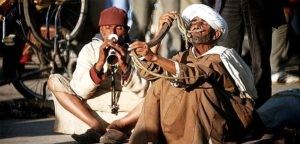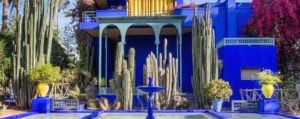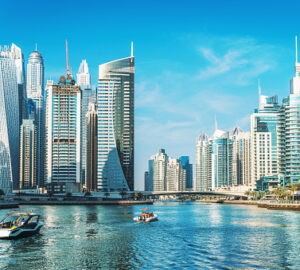You haven’t really been to Marrakech until you’ve got lost in the souqs, spent the night amid the storytellers of the Djemaa el-Fna and sipped mint tea while debating the merits of the Berber rug that you’re contemplating purchasing. Tear yourself away from the souqs and the shopping and you’ll find some fascinating historical sites like the long-hidden tombs of the Saadian sultans, Yves St Laurent’s artful Jardin Majorelle and the decorative jewel that is the Ali ben Youssef Medersa.
Here are five top sights I recommend:
Djemaa el-Fna
Roll-up, roll-up for the greatest show on earth, which hits the Unesco-designated Djemaa el-Fna at a frenetic daily pace. Originally a place of public execution – the square’s name means ‘assembly of the dead’ – these days the Djemaa draws the crowds for more pleasant pastimes such as storytelling, astrology, snake charming, acrobatics and toe-tapping Gnaoua troupes.
Chefs set up shop at sunset, when clouds of smoke arise from searing, lantern-lit grills at one of the biggest communal barbecues in the world. Take a deep breath and dive in between locals at the trestle tables for succulent kebabs and skewered sheep’s heart.


Souks and Fondouks
Nowhere is Marrakech’s medieval-modern vibe more evident than in this centuries-old shopping mall. In Mouassine, young designers are trailblazing contemporary clothes shops in historic foundouks. At Souk Cherifa, a market within a market, you can pick up Berber-style beanies, personalised straw hats and printed purses that wouldn’t look out of place in a Paris club.
But don’t stop there: dive in to Souq Sebbaghine (Dyers’ Souk) where skeins of freshly dyed saffron wool hang to dry against Saharan blue skies; or Souq Lebbadine where crowds thicken around woodwork and leather stalls. Souq Smata (Slipper Souk) and Souq Semmarine (Leather Souk) are at the heart of the action. Go with the flow, enjoy the banter and never be too proud to bow out gracefully.

Ali ben Youssef Medersa
Once the largest Islamic study centre (Souq el-Fassi, near Place ben Youssef; entry £11) in North Africa, the 14th-century Ali ben Youssef Quranic school is masterpiece of Hispano-Moresque architecture. Above the entrance, an inscription reads, ‘You who enter my door, may your highest hopes be exceeded,’ and the jewel-like courtyard that awaits certainly lives up to the promise.
Around a glassy, reflecting pool, the arcaded cloister is covered in five-colour, high-lustre zellij (mosaic tiles) topped by the most intricate honeycomb stucco work and a carved lintel of ancient Atlas cedar. At the far end, is a hall containing the highly ornate mihrab (prayer niche), indicating the direction of Mecca.

Hammam
Keeping your skin looking good this close to the Sahara requires some serious maintenance work. But worry not, help is at hand in the form of Marrakech’s extensive network of hammams (public bathhouses). In the steam-filled interior of the bathouse, a tebbaya (bath attendant) will take you in hand, coating you with savon noir (black soap made with olives) before scrubbing off layer upon layer of dead skin followed by a soothing mud mask.

Jardin Majorelle
Originally the home of acclaimed landscape painter Jacques Majorelle, this Ville Nouvelle villa with its cobalt-blue exterior and delightful garden full of rare desert flora is one of Morocco’s most visited sites. Majorelle used his painters eye everywhere: fuchsia bougainvillea explode from lemon yellow planters, deep green palms slouche against pink pisé walls and burnished orange goldfish flash through glassy-green reflecting pools.
Subsequent owners Yves Saint Laurent and his partner, Pierre Bergé, saved the gardens from dereliction in the 1960s. On Yves’ death in 2008, his ashes were scattered in the rose garden. Now you can visit the inspiring garden, as well as the exceptional Berber Museum (jardinmajorelle.com; open daily, 8am-5.30pm, until 6pm in summer) housed in the villa.



